Gracie Lineage

The Gracie lineage in Brazilian Jiu-Jitsu (BJJ) is steeped in tradition, honor, and a relentless pursuit of martial excellence. Born into the legendary Gracie family, Renzo Gracie’s impact on BJJ and mixed martial arts (MMA) has been profound, transcending the borders of Brazil and finding a passionate following globally.
The Gracie family’s martial arts legacy began with Carlos and Helio Gracie, pioneers who adapted Judo techniques into what is now recognized as Brazilian Jiu-Jitsu. As the family grew, so did their dominance in combat sports. Renzo, being a direct descendant, naturally inherited this martial prowess.
Training under the guidance of family members, Renzo quickly made a name for himself in the competitive BJJ circuit and the nascent world of MMA. His aggressive style and technical brilliance won him numerous titles and admirers.
In the 1990s, Renzo Gracie took a bold step by moving to New York City and opening the Renzo Gracie Academy. This move signaled his ambition to globalize BJJ and positioned the academy as one of the most significant BJJ institutions outside Brazil. The “blue basement” of his academy in NYC became legendary, producing numerous world champions and serving as a training ground for MMA fighters.
Under the Renzo Gracie banner, figures like John Danaher, Ricardo Almeida, and others have furthered the lineage, each contributing their unique flavor to the art. The Danaher Death Squad, led by John Danaher, is a testament to the academy’s evolution, showcasing elite athletes dominating submission grappling events globally.
Today, the Renzo Gracie lineage is synonymous with excellence in BJJ and MMA. With academies spread worldwide, it continues to be a beacon for aspiring martial artists, demonstrating that tradition and innovation can beautifully coexist in combat sports.
Renzo Gracie
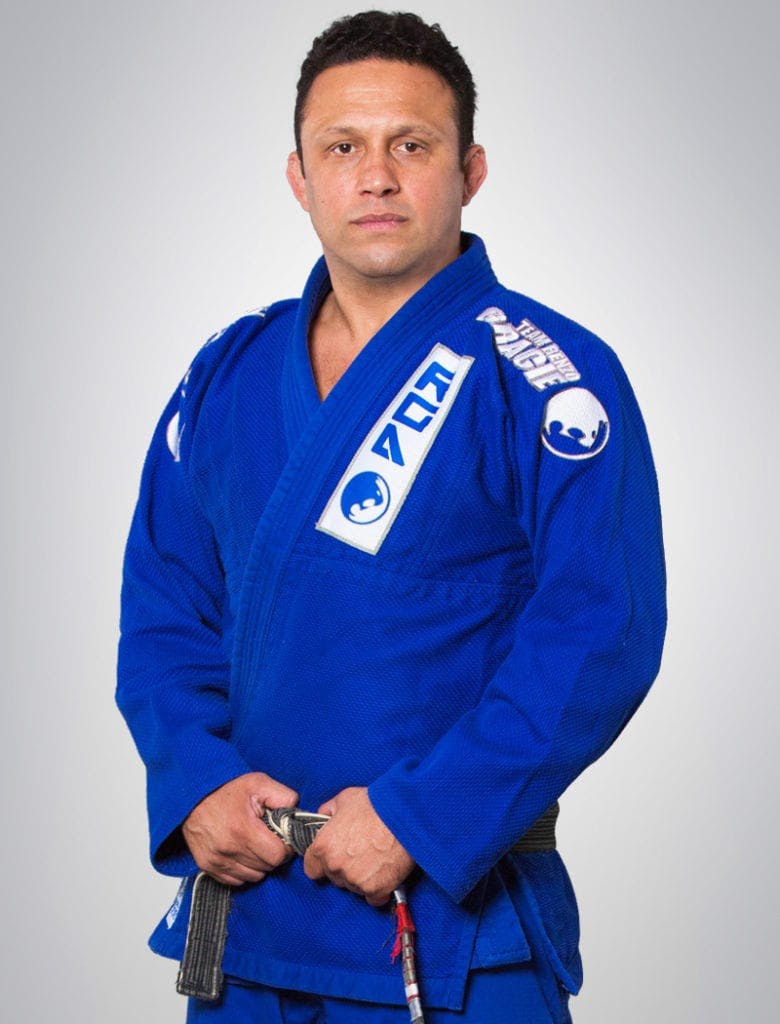
Renzo Gracie, hailing from the legendary Gracie family, is one of the most influential figures in Brazilian Jiu-Jitsu (BJJ) and Mixed Martial Arts (MMA). Born into a family where grappling was a rite of passage, Renzo was destined for greatness on the mats.
Training under iconic family members, including Rolls Gracie and Carlos Gracie Jr., Renzo quickly showcased his exceptional skills and unique ability to innovate within the discipline. His competitive spirit was evident early on as he took on and triumphed over many renowned opponents, both in BJJ tournaments and in the MMA cage.
However, Renzo’s influence isn’t limited to his competition accolades. He has played a pivotal role in spreading BJJ across the globe. In the mid-1990s, he established the Renzo Gracie Academy in New York City, a hub that has since nurtured countless champions and enthusiasts. The academy’s success highlighted Renzo’s prowess as a fighter and a teacher dedicated to advancing the art.
Beyond the mats and the cage, Renzo’s philosophy and approach to the sport have been instrumental in molding the modern landscape of BJJ and MMA. His commitment to technical perfection and a genuine passion for teaching have solidified his status as a martial arts pioneer. In every facet of his journey, Renzo Gracie has personified the legacy, innovation, and spirit of the Gracie family lineage.
Brazilian Jiu-Jitsu
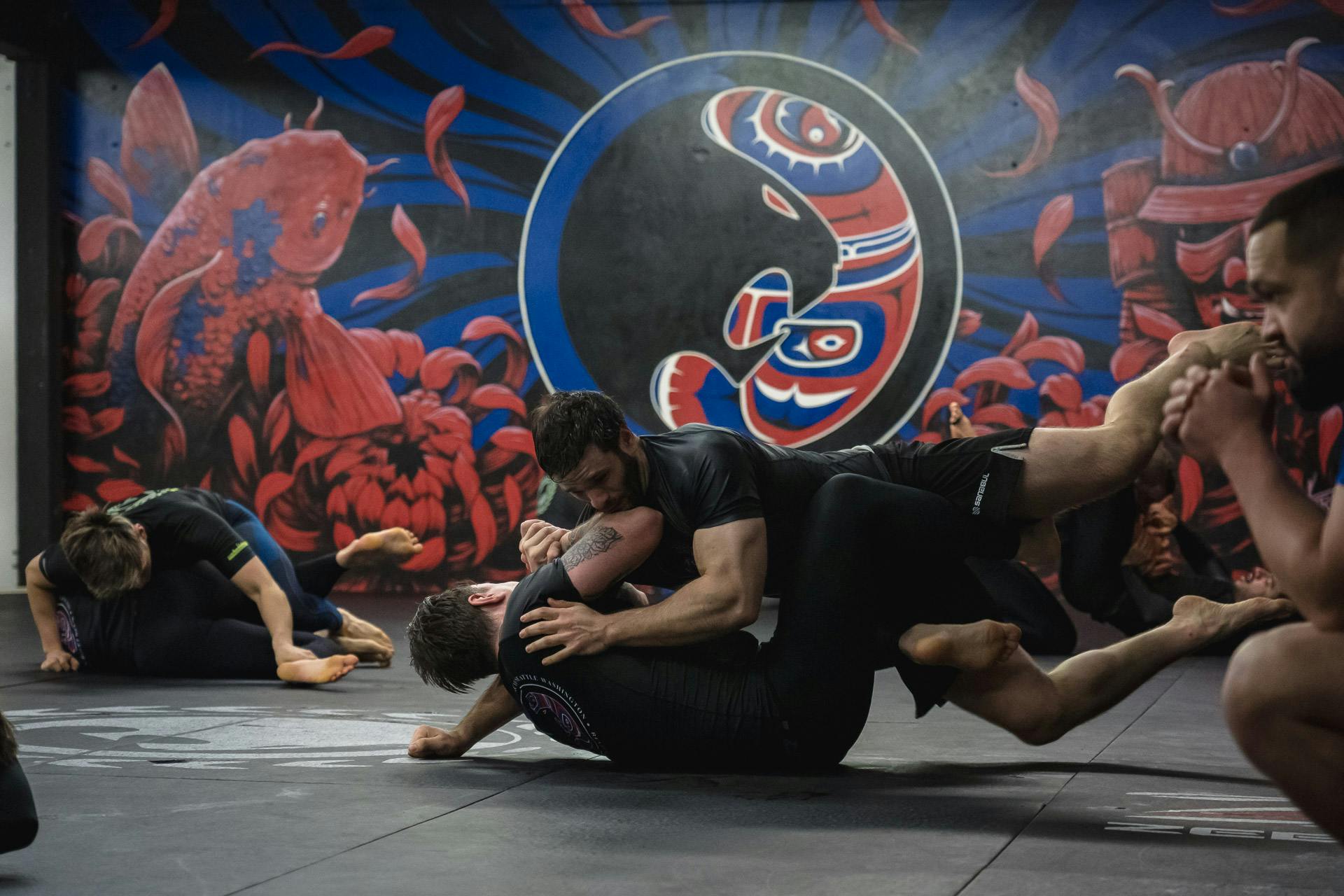
Brazilian Jiu-Jitsu (BJJ) has always been a dynamic martial art, embracing adaptability as its cornerstone. Modern BJJ has become a melting pot in recent years, seamlessly integrating techniques from judo, wrestling, and its classical roots.
Judo’s emphasis on “tachi-waza” (standing techniques) has found a home in BJJ academies worldwide. BJJ practitioners increasingly adopt judo throws and trips to gain a superior position. This synergy allows for a smoother transition from standing engagements directly into ground-fighting, marrying the swift efficacy of judo throws with BJJ’s intricate ground game.
With its aggressive takedowns and top-game control, wrestling has also profoundly influenced modern BJJ. Wrestlers’ explosive double and single-leg takedowns and emphasis on maintaining positional dominance have introduced new dynamics into BJJ sparring and competition. This blend ensures BJJ fighters are not just submission hunters but adept controllers of the fight’s pace and position.
At the same time, the art hasn’t lost touch with its classical roots. The traditional guard positions, sweeps, and submissions remain integral. But now, they’re often approached with nuances influenced by these external grappling arts, making the modern BJJ practitioner more versatile and unpredictable.
Grappling
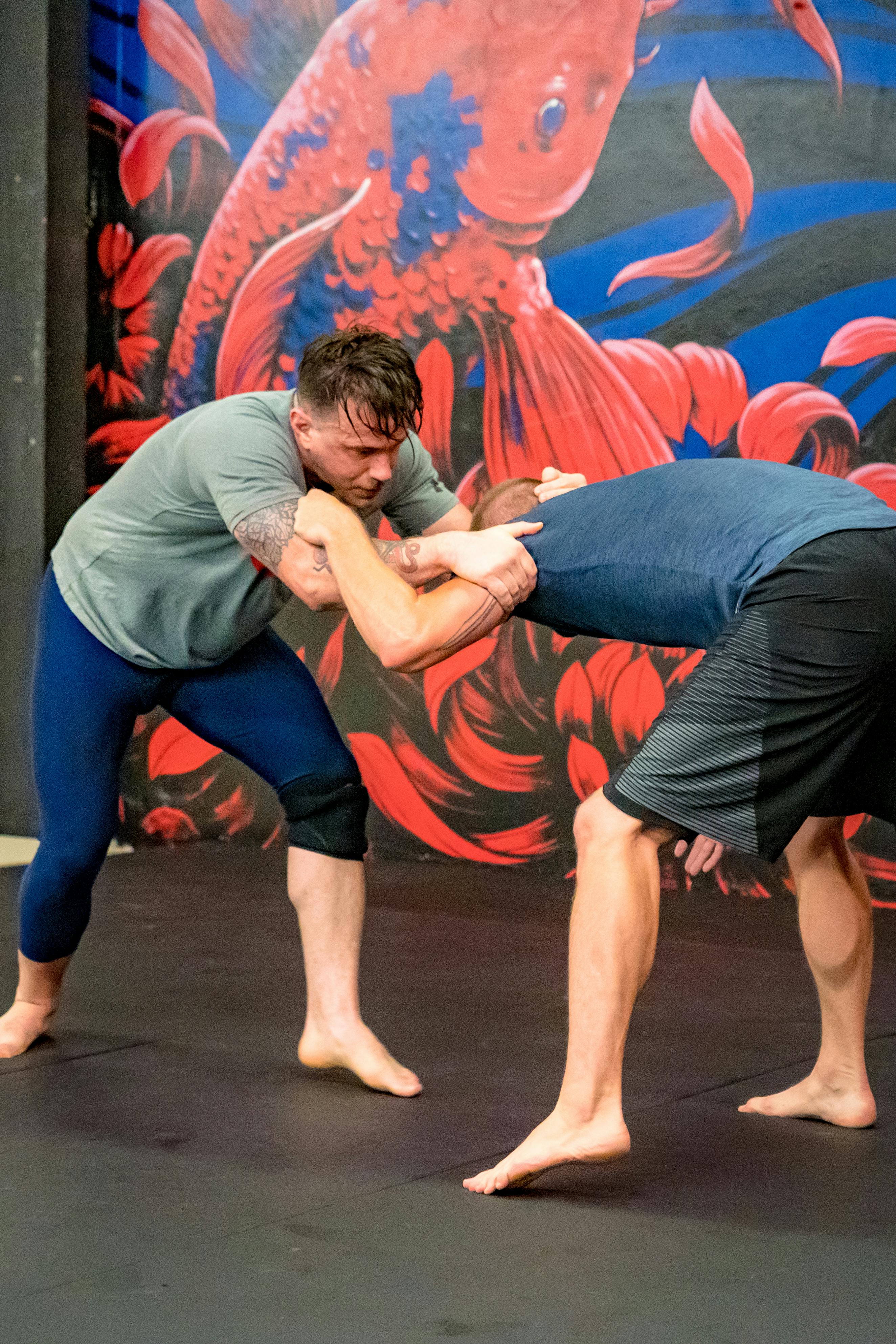
Brazilian Jiu-Jitsu (BJJ) has experienced a dynamic evolution in grappling techniques and strategies over the past few years. Historically grounded in self-defense and the traditional gi, modern BJJ has seen an influx of innovations catering to sportive competition and no-gi grappling.
Additionally, the integration of wrestling takedowns and judo throws has become more pronounced, leading to a comprehensive grappling approach. Athletes now prioritize top-game dominance and takedown efficiency just as much as traditional guard play.
The influence of mixed martial arts (MMA) has also played a role, with BJJ practitioners recognizing the need for adaptability in no-gi scenarios, emphasizing scrambles and rapid transitions.
Furthermore, the global spread of BJJ has fostered cross-pollination with other grappling arts, accelerating its evolution. As a result, modern BJJ is a rich tapestry of techniques, with practitioners continuously pushing the boundaries of what’s possible on the mats.
Greco-Roman

With its ancient origins, Greco-Roman wrestling stands as one of the pillars of the grappling world. Originating from the classic sporting events of the ancient Greeks and later adopted by the Romans, Greco-Roman wrestling emphasizes upper body techniques, forbidding holds below the waist. This focus on throws, clinches, and pinning opponents is a striking contrast to Brazilian Jiu-Jitsu’s (BJJ) intricate ground-fighting maneuvers.
The influence of Greco-Roman principles can be discerned throughout the evolution of BJJ. While BJJ is rooted in judo and traditional Japanese jiu-jitsu, the incorporation of intense clinch work and leverage-based throws draws parallels to Greco-Roman techniques. Moreover, BJJ practitioners have often sought to improve their stand-up game by integrating elements from this ancient art, aiming for a more holistic grappling approach.
Furthermore, as mixed martial arts (MMA) grew in popularity, the value of blending Greco-Roman wrestling’s control and BJJ’s submissions became increasingly apparent. Fighters who could seamlessly transition from powerful throws directly into submission attempts showcased the efficacy of combining these two formidable arts.
While Greco-Roman wrestling and BJJ have distinct histories and methodologies, their convergence in the modern martial arts landscape underscores the timeless nature of grappling and its continuous evolution.
Catch Wrestling
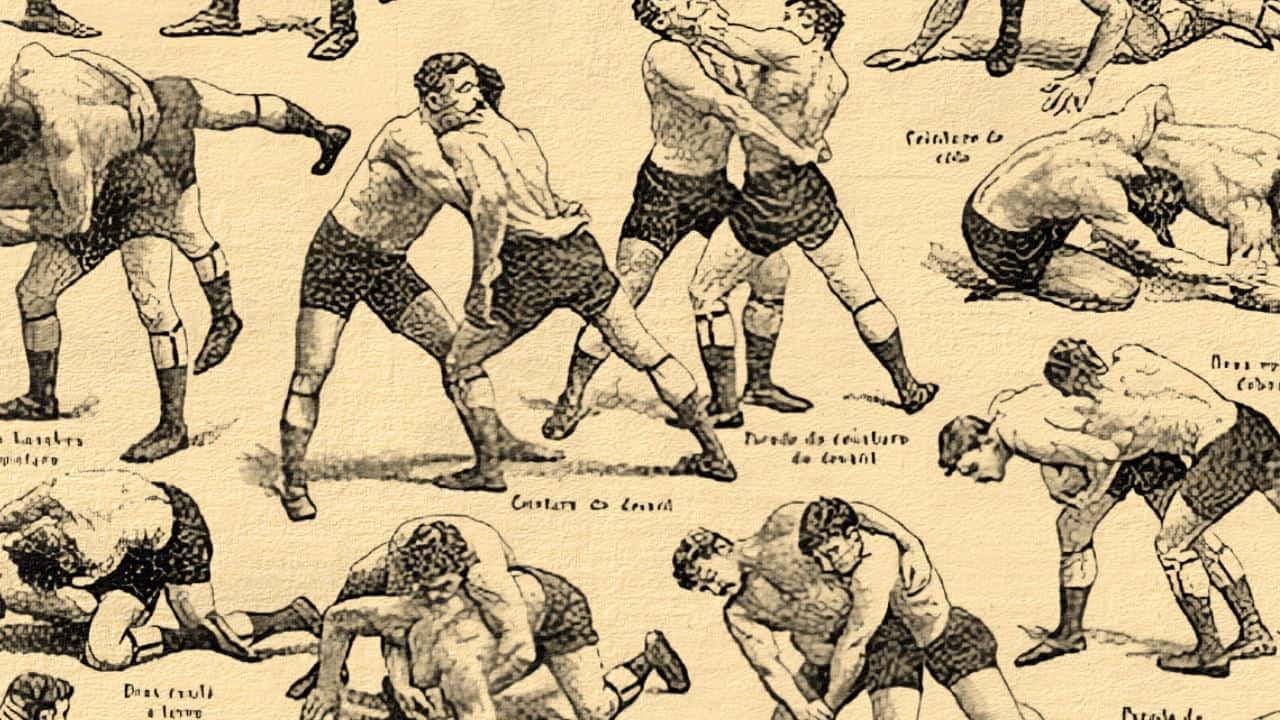
Catch wrestling, often dubbed “catch-as-catch-can” wrestling, has its roots in the rough and tumble world of early 20th-century carnivals and fairs. Renowned for its no-nonsense approach, this grappling art emphasizes submissions and pins, allowing holds and techniques that many other styles restricted. The term “catch-as-catch-can” embodies the essence of the sport, implying that any hold or submission is fair game.
Brazilian Jiu-Jitsu (BJJ) and catch wrestling share a kindred spirit, both valuing control and submission over the opponent. However, while BJJ often prioritizes positional control leading to submissions, catch wrestling is characterized by its aggressive hunt for submissions from almost any position.
As BJJ evolved and spread globally, intersections with catch wrestling became inevitable. BJJ practitioners found value in the diverse submission arsenal of catch, especially leg locks, which were historically less emphasized in traditional BJJ. The incorporation of catch techniques offered BJJ players additional tools, particularly in no-gi grappling scenarios.
In mixed martial arts (MMA), the blend of catch wrestling’s aggressive submission hunting and BJJ’s methodical ground control has produced fighters capable of suddenly and decisively ending bouts.
Freestyle Wrestling
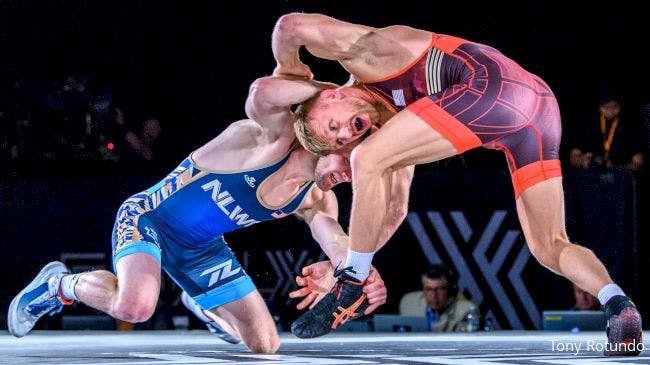
Freestyle wrestling, one of the world’s oldest sports, offers a fast-paced, dynamic grappling style. Unlike its cousin, Greco-Roman wrestling, which emphasizes the upper body, freestyle wrestling allows attacks on the entire body, leading to a diverse range of takedowns, throws, and pins. With its origins spanning back to ancient civilizations, freestyle wrestling has always been about adaptability and control.
Brazilian Jiu-Jitsu (BJJ), while deeply grounded in ground combat and submissions, has not remained untouched by freestyle’s influence. The swift and explosive takedowns of freestyle wrestling, including double and single-leg attacks, have been integrated into the BJJ practitioner’s stand-up arsenal. This addition aids in bridging the gap between standing engagements and ground fighting, providing BJJ players with efficient tools to control where the fight takes place.
In mixed martial arts (MMA) and no-gi grappling competitions, BJJ’s positional play and submission prowess with freestyle’s takedown acumen has given birth to a well-rounded fighter archetype. This fusion ensures that fighters can dictate the terms of engagement, whether standing or on the ground.
To sum it up, while freestyle wrestling and BJJ possess distinct identities and historical lineages, their intertwining in the modern martial arts arena showcases the power of adaptability and the continuous evolution of combat sports. Together, they form a comprehensive grappling toolkit, marrying the raw intensity of freestyle with BJJ’s nuanced ground strategies.
Judo
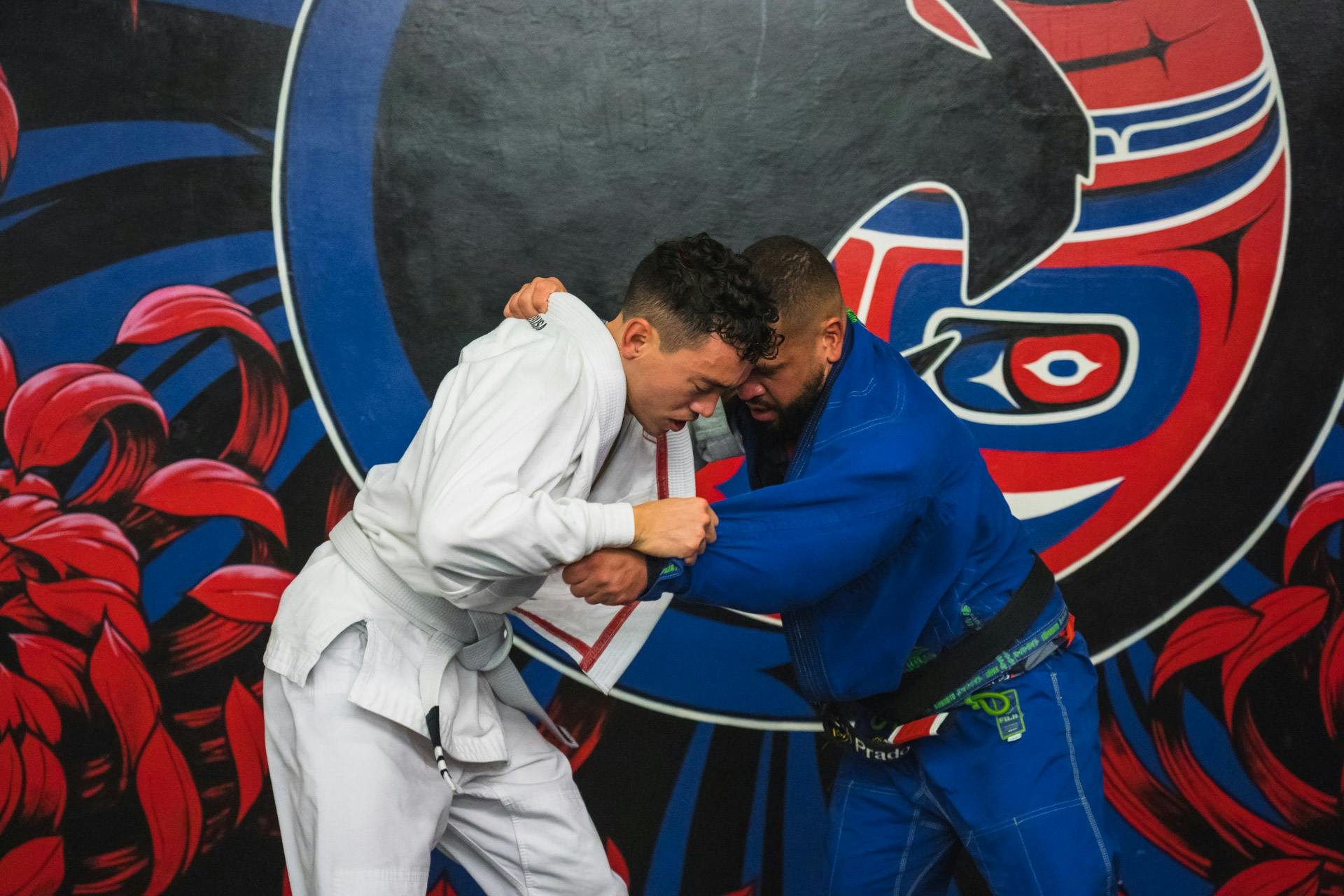
Judo, with its deep historical roots, has always emphasized throws and takedowns, starkly contrasting the ground-fighting-centric nature of Brazilian Jiu-Jitsu (BJJ). However, in recent years, there’s been a growing interplay between these two martial arts, leading to fascinating developments in both disciplines.
With BJJ’s explosive global rise, many Judo practitioners have found themselves intrigued by the ground grappling strategies BJJ offers. This has increased emphasis on “ne-waza” (ground techniques) within many Judo schools. While judo historically focused on swiftly transitioning from throws directly into pins or quick submissions, the influence of BJJ has expanded the time and techniques practiced on the ground.
Conversely, BJJ practitioners have started to see the value in mastering judo’s “tachi-waza” (standing techniques) to gain advantageous positions right from the onset of a match. Incorporating judo throws adds more depth to BJJ competitions, providing athletes diverse ways to approach engagements. Moreover, as mixed martial arts (MMA) continues to evolve, fighters recognize the value of blending judo’s powerful throws with BJJ’s submission arsenal, creating a holistic grappling approach for the cage.
The intermingling of these two arts has also sparked debates about gi grips, throw defenses, and ground control dynamics, further pushing the boundaries of both martial forms. In essence, the modern synthesis of Judo and BJJ is a testament to the ever-evolving nature of martial arts, where traditions meet innovations to create a richer, more versatile grappling landscape.